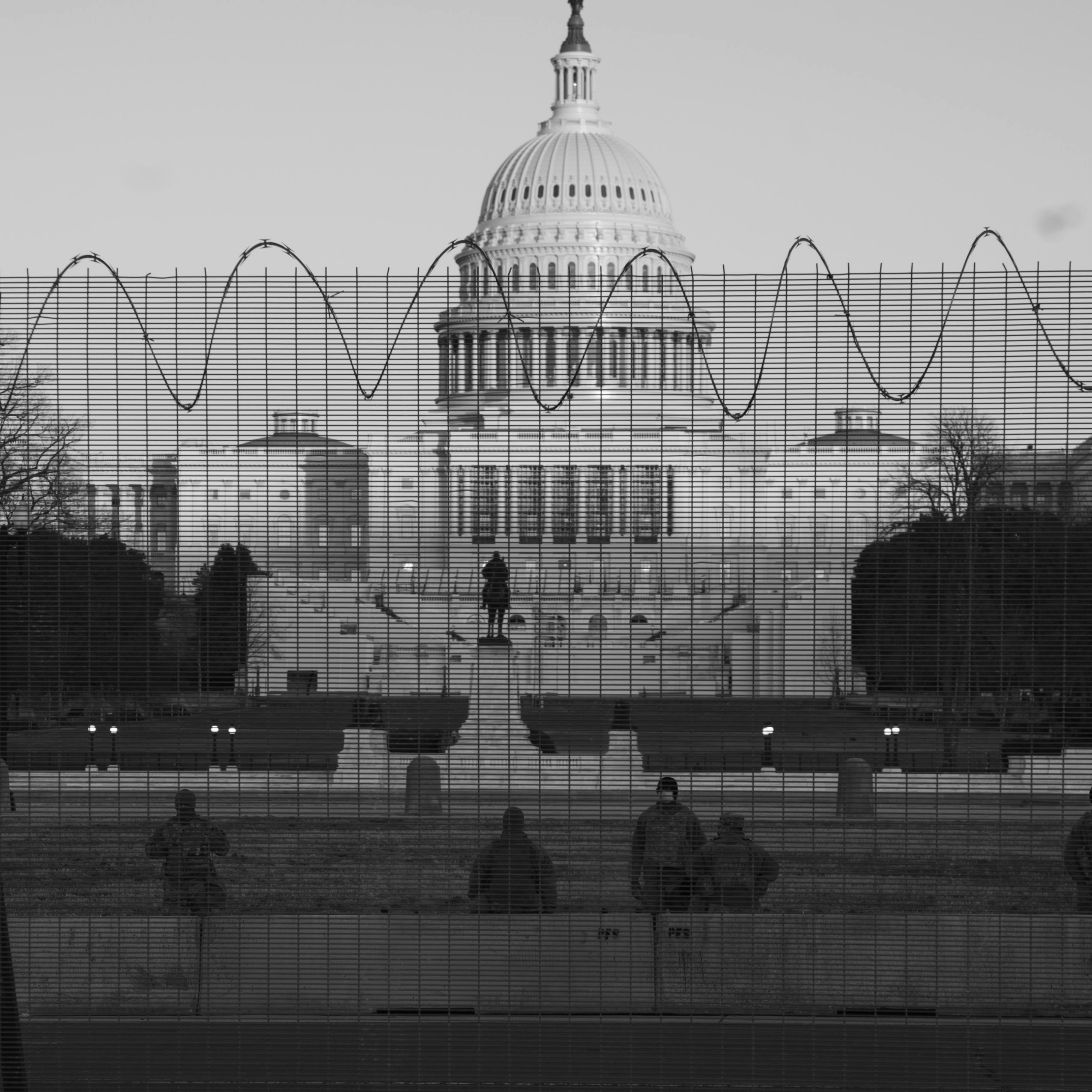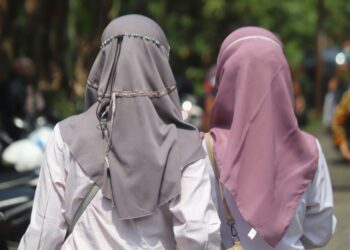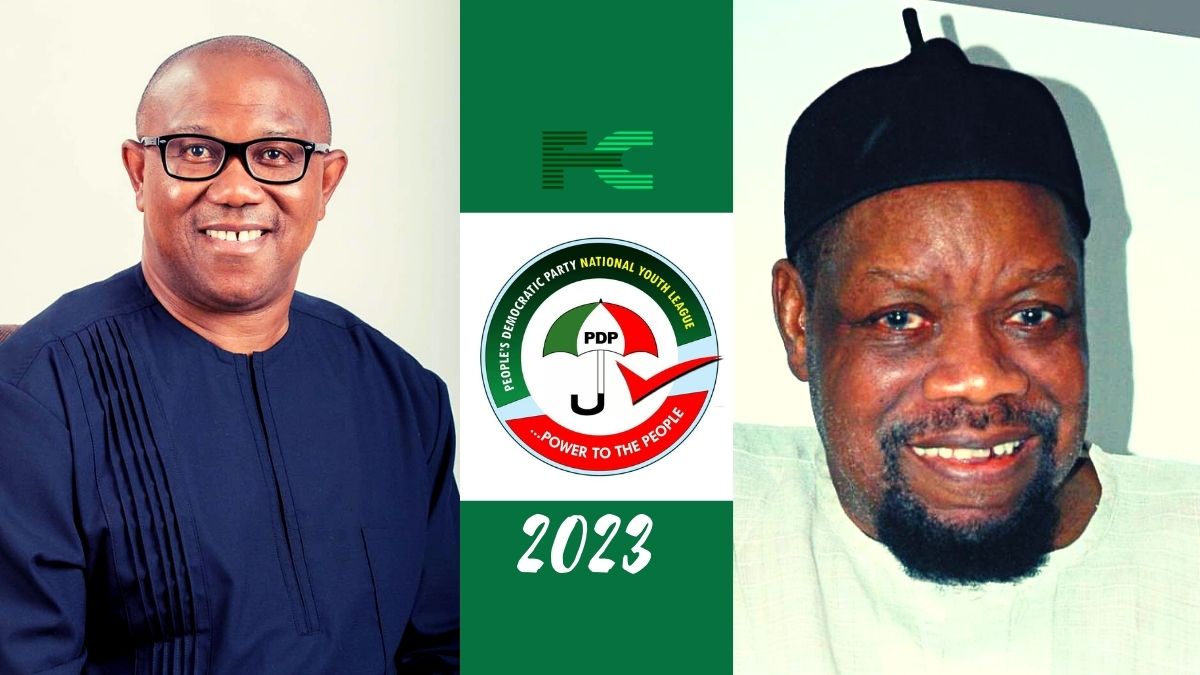U.S. National Guard troops patrolling Washington D.C. streets have begun carrying weapons as part of President Donald Trump’s controversial crime crackdown initiative, marking a significant escalation in the federal government’s law enforcement presence in the nation’s capital.
Defense Secretary Pete Hegseth authorized the move last week, and as of Sunday night, Guard members started carrying either M17 pistols or M4 rifles while on patrol, though the exact number of armed personnel remains fluid according to officials who spoke anonymously about ongoing operations.
This development comes amid Trump’s suggestions that he might expand similar deployments to Chicago and Baltimore, drawing immediate criticism from Democratic leaders who question both the legality and necessity of such actions.

The Rules of Engagement
The Guard’s Joint Task Force-DC emphasized in a written statement that personnel would only use force “as a last resort and solely in response to an imminent threat of death or serious bodily harm”.
This carefully worded guidance reflects the military’s concern about appropriate force application in domestic law enforcement operations, particularly in an urban environment with significant civilian presence. The rules of engagement appear designed to balance operational effectiveness with constitutional protections, though civil liberties groups remain concerned about the potential for escalation between armed military personnel and civilians .
Meanwhile, President Trump has framed the weapon authorization as necessary for addressing what he describes as a crime emergency in the District of Columbia, despite official data showing crime rates have actually decreased in the city . The move represents an escalation of Trump’s law-and-order agenda, which has become a centerpiece of his administration’s domestic policy.
Democratic leaders have vehemently opposed both the D.C. deployment and potential expansions, with House Minority Leader Hakeem Jeffries stating unequivocally that Trump lacks authority to deploy troops to Chicago, calling it an attempt to “manufacture a crisis” where none exists.
The Trump administration appears to be building a legal case for potential deployments using Title 10 of the U.S. Code, specifically Section 12406, which allows presidential deployment of National Guard units “to repel an invasion, to suppress a rebellion or to allow the president to execute the law”. Trump previously invoked this authority when sending Guard units to California over Governor Gavin Newsom’s objections.
For Chicago, which the Justice Department has designated a “sanctuary city,” administration officials may argue that local non-cooperation with federal immigration enforcement prevents the president from “executing the law,” thus justifying military intervention . This legal theory remains untested and would likely face immediate constitutional challenges.
Why It Matters
The arming of National Guard troops in Washington D.C. represents more than a tactical shift in crime policy—it signifies an escalation in the Trump administration’s willingness to use military force for domestic law enforcement, potentially extending into cities where local officials explicitly oppose such presence . The coming weeks will likely see continued legal and political battles over the authority to deploy troops domestically.

















